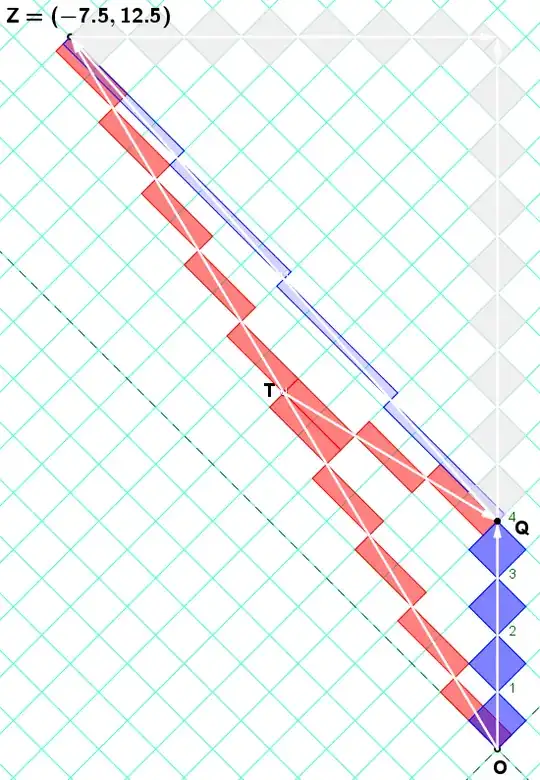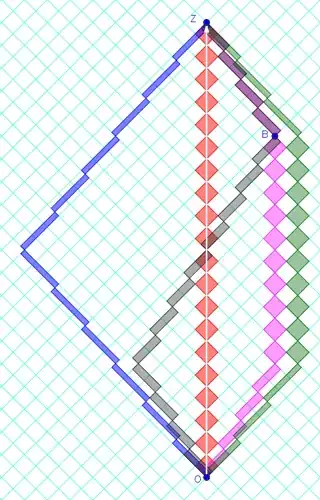So, messing with the first acceleration doesn't matter much because the twins are arbitrarily close-by at the time, you can indeed arrange for the twins to do a relativistic “high five” to coordinate their clocks without stopping the moving twin.
During the constant-speed part of the transport, the twins first see each other's clocks as ticking slower than theirs, then in the second half see each other's clocks as ticking faster than theirs. It is only when they both correct for expected Doppler shift, that they conclude that the other person's clock is ticking slowly. This conclusion is held by both twins.
Side note, acceleration in physics is a vector, so “deceleration” is just acceleration opposite the direction of motion, $\mathbf a\cdot\mathbf v<0$ ... but since the velocity depends on choice of inertial reference frame, whether a given acceleration is a deceleration is not a particularly physical statement.
Ok but now let's talk about that acceleration. It is very important. In fact, I would say it is the most important part of special relativity. The entire Lorentz boost, including the time dilation and length contraction aspects of it, can be derived from the simultaneity shift that is happening during this acceleration.
Special relativity says exactly one new first-order prediction about the world, and it is this: when you accelerate towards someone, you see an anomalous Doppler shift due to that acceleration, their clocks appear to tick at the rate $1+ax/c^2$ where $x$ is their distance from you (more precisely: their coordinate in the direction of acceleration), $a$ is your acceleration, and $c^2$ is just some fundamental constant of our universe.
Now you see why the two twins—Alice on the spaceship, Bob on Earth—both see each other's clocks ticking slowly during the inertial parts of the trip, but somehow Alice comes back from her trip predicting/observing that Bob shall be older. Alice literally watches Bob grow dramatically older as she accelerates towards him, she saw him as younger than her, and suddenly he is so much older that even with the return journey's time dilation, he will still look old. And it is because of this combination, Alice accelerates and Bob is a very far distance from her in the direction of her acceleration.
This also gets a little interesting if you freeze it in the context of a periodic universe, where if you travel far enough in some direction you end up back where you started. Because then Alice doesn't just see one Bob, right, she sees in theory an infinite succession of Bobs regularly spaced (albeit she sees older and older light and hence a younger and younger Bob each time, until she sees an Earth before she and Bob were born).

